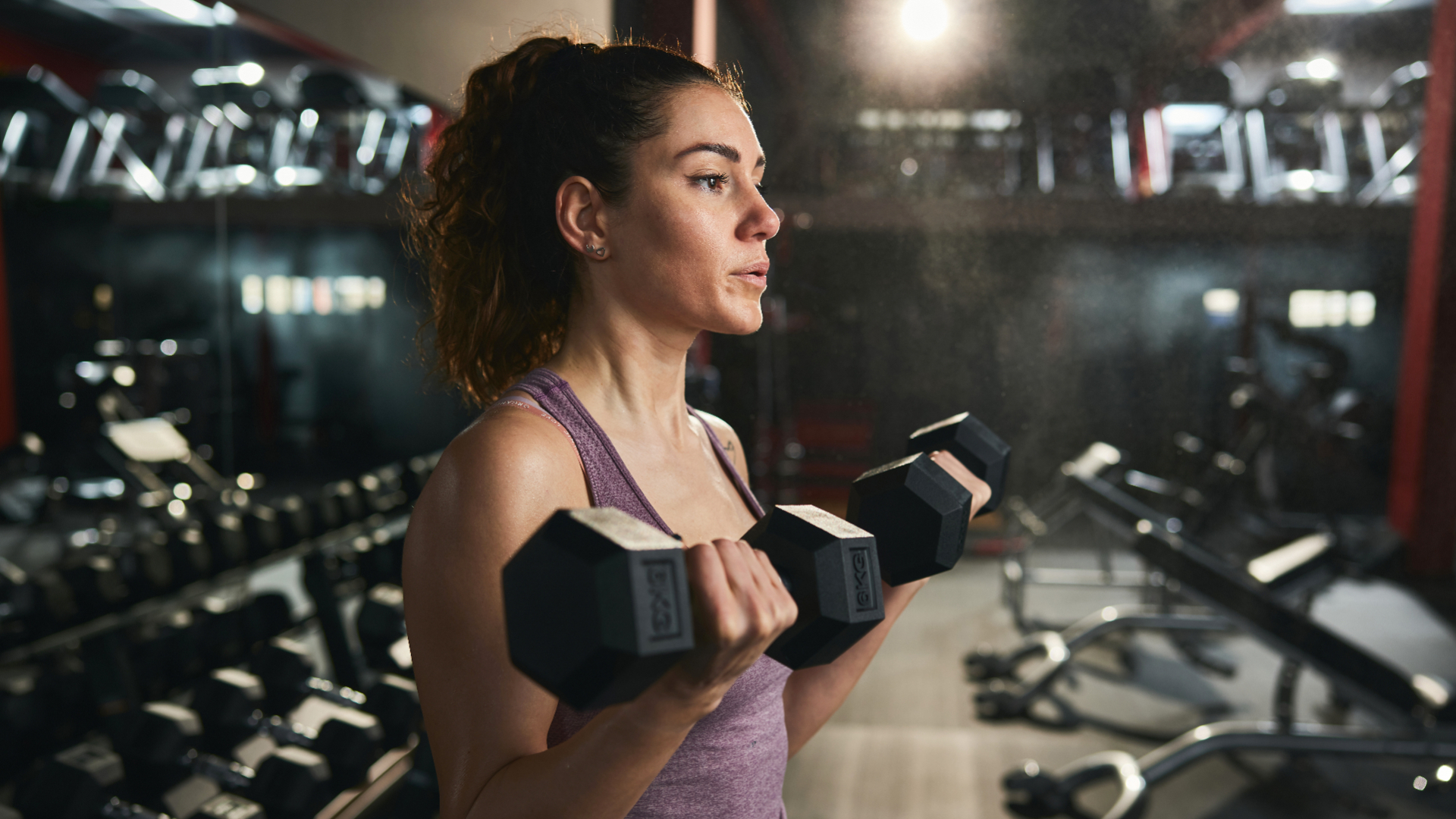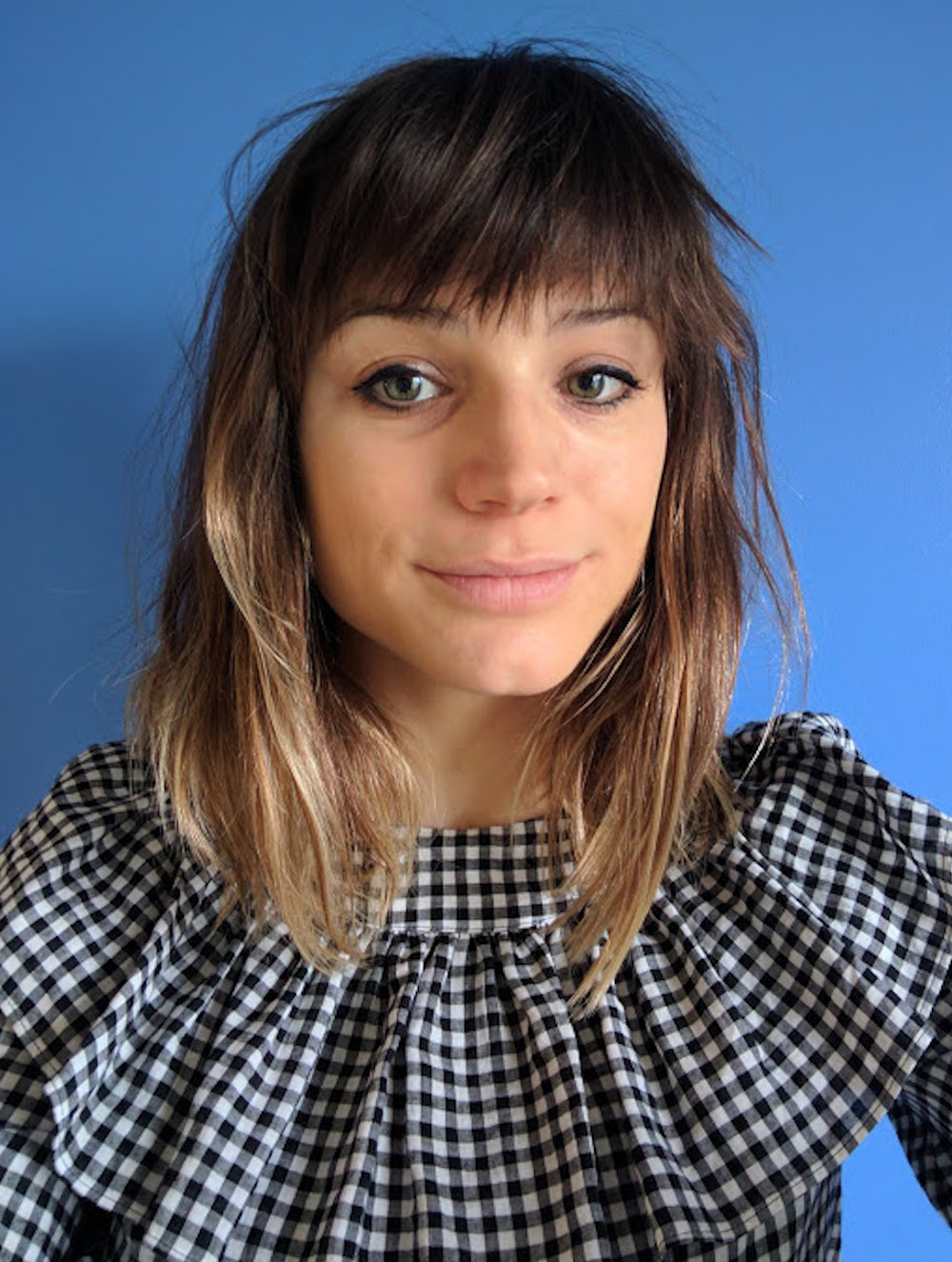What is progressive overload and can it help you build muscle?
We spoke to personal trainers to find out how progressive overload works and why it can help you achieve your goals

Lois Mackenzie

Progressive overload is a valuable training technique to sustainably build muscle without injuring yourself. The aim is to gradually increase the load you use for weighted exercises like bicep curls or deadlifts, continually challenging your muscles without overtraining.
If you're working out at the gym, you can select a heavier weight from the rack. But for home workouts, it's generally easier to have a set of the best adjustable dumbbells to hand, as they combine several weights into one, which helps save space.
But you don't want to do a few workouts and then suddenly increase the weight; there's more to progressive overload (PO). We spoke to several personal trainers to help you develop muscle, get stronger, and avoid injury by safely following the progressive overload technique.
What is progressive overload?

There are several ways to use the PO technique, like increasing the resistance (using weights or graded resistance on a rowing machine), doing more sets, working faster, reducing your rest time, or increasing the repetitions for each exercise.
The popular image of PO is that you just need to keep lifting heavier weights, but getting it right is a more delicate balancing act, says personal trainer Lamorna Hollingsworth.
"Volume, weight, and frequency are all intertwined. You can't just add weight to the forever while doing the same amount of repetitions. If you train heavier you may not be able to train as often, and if you train too often you may not be recovered enough to train heavy."
Lamorna Hollingsworth is a personal trainer and certified nutritionist. She combines these skills to offering coaching to business people, helping them build emotional intelligence, look after their health, and boost their wellbeing.
Laura Hoggins, a personal trainer and Director at the London-based fitness center The Foundry, agrees. "The last thing I consider is increasing the weight," she says. "I would first look to move the same weight with more technical mastery."
Start your week with achievable workout ideas, health tips and wellbeing advice in your inbox.
"Could I increase the reps, give you another set, or reduce the rest between sets?" Hoggins says. "I'd then ask you to pause at certain parts of the rep. All of this will progressively overload the movement, without even touching the weight."
And, if you follow the technique, it can help you reach your fitness goals. According to Mark Bohannon, Senior Vice President of Operations at Ultimate Performance, using PO can increase hypertrophy (the growth of your muscle), develop strength, and improve your muscular endurance.
Plus, he says, using PO can help you muscles tolerate a more intense workout, "meaning you're increasing endurance." This is what makes it one of the best beginner strength training tips, too.
Laura Hoggins is a director at the London-based fitness center The Foundry and a certified personal trainer. She holds an Advanced Kettlebells qualification from the PT Academy and is a certified CrossFit Trainer.

Mark Bohannon is a personal trainer and the Senior Vice President of Operations at the training company Ultimate Performance. He obtained an advanced diploma in personal training from YMCAfit in 2007 and worked as a trainer until he joined Ultimate Performance.
How to use progressive overload
This makes sense, in theory, but it can be hard to imagine what this would actually look like in your workout routine. To help visualize a PO training plan, Hoggins develop a three-week example program.
- Week 1: Three sets of eight 10kg goblet squats with a 3010 tempo (3 seconds to lower, 1 second to raise back up) to increase the time under tension.
- Week 2: Four sets of 10 goblet squats using a 10kg weight with a 1 second pause at the bottom to increase volume, complexity, and time under tension.
- Week 3: Three sets of 10-12 goblet squats with a 12kg weight.
This is just an example though, so don't feel that you need to immediately start doing weighted goblet squats if they're not part of your usual routine. The aim is to make it a challenge to get through a set of your chosen exercise.
If you're finding that you can breeze through eight reps of a bodyweight move, then you want to consider adding an extra load like a kettlebell or dumbbell, increase the amount of reps, or find a way to increase the time under tension.
When you do increase the load, reduce the amount of reps and time under tension, before gradually increasing them until you feel you need to add some extra resistance again.
And PO doesn't just apply to building muscle: "If you continuously ran 5k every weekend at the same pace, you would likely become more efficient at it, and in time your body would use less energy to complete the same run," says Hoggins.
"Therefore, what you could you do to progressively overload this challenge?" If you've been doing the same jogging route it might be time to introduce sprints, hill climbs, longer runs, or an overall boost in tempo.
Progressive overload mistakes
Progressive overload is a valuable technique, but it's important to do it safely. So, don't rush to pick up a heavier weight and struggle through a set, as you're more likely to injure yourself that way.
But you should also remind yourself not to automatically reach for the weights. "It doesn't always have to be more weight in the bar. It could be more reps. One week you lifted 50 kilograms in an exercise for eight reps," suggests Bohannon.
"The next week, you might do nine reps. That's still progressive overload. Maybe you've been working on a certain exercise, doing [10lbs] for three sets, then you might increase it to four sets. That's progressive overload."
And it's just as crucial to get plenty of rest between workouts, says Hollingsworth. "Don’t underestimate the power of rest. You need to scale back the intensity if you feel very sore or injured."
One of the most effective ways to boost your recovery is to use a post-workout smoothie with plenty of protein. Choose a powder that suits your goals, through the best protein powders for weight loss are ideal if you're looking to build lean muscle.

Amy Dawson is a freelance journalist and copywriter specializing in all things health, fitness and lifestyle. She has worked as an editor and writer for a wide range of national publications, including Metro, The Sun on Sunday, The Daily Mail, Yahoo and The BBC. Since moving to sunny Norfolk in the UK, she’s also become the regional editor for Muddy Stilettos. A parkrun regular and a lover of spin classes, long walks and sea swimming, you’ll also find her running around after her very bouncy toddler (looking somewhat tired). You can find her on Instagram @amy.rose.dawson, where she documents her life by the sea.
- Lois MackenzieFitness Writer